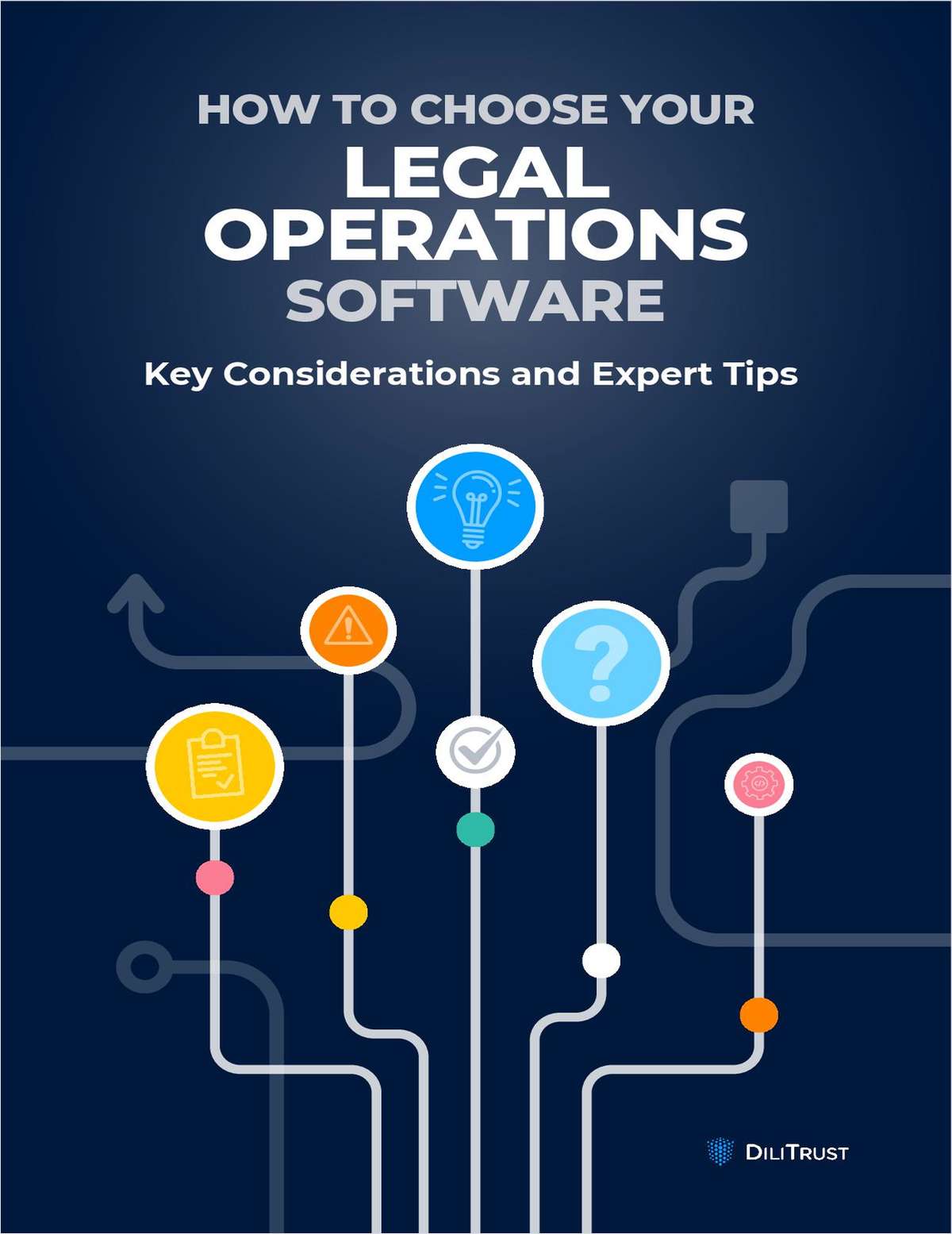Chapter 11 Preferred Equity In Peril?
Two Recent Cases Shed Light on Potential Risks to Preferred Equity Holders in Chapter 11 Preferred equity is a varied and flexible instrument, but, in practice, it typically has a limited number of common features. One feature is that it is entitled to a "liquidation preference" ahead of common stock. Whether the liquidation preference of preferred equity entitles preferred shareholders to priority over common shareholders in a Chapter 11 reorganization is a question that figured prominently in two recent high profile cases.
June 27, 2022 at 09:44 AM
10 minute read
This article appeared in The Bankruptcy Strategist, featuring the strategies and techniques devised by the country's top bankruptcy lawyers and reports on innovative procedural techniques, legislative developments and recent judicial rulings — plus what they mean for you and your clients.
Preferred equity instruments have become increasingly popular as a source of financing for private equity sponsors executing large leveraged acquisitions. Investors seeking the risk profile of debt but also the return potential of equity are attracted to the hybrid nature of preferred equity, which generally ranks senior to common equity interests (like debt) and may entitle the holder to common equity-like upside. By law, preferred equity is a varied and flexible instrument, but, in practice, it typically has a limited number of common features. One feature is that the preferred equity is entitled to a "liquidation preference" ahead of common stock. The liquidation preference is typically triggered upon a "liquidation, dissolution or winding up" whether "voluntary or involuntary" and most often equal to a fixed dollar amount per share plus accrued and unpaid dividends to the date of the liquidation, dissolution or winding up.
This content has been archived. It is available through our partners, LexisNexis® and Bloomberg Law.
To view this content, please continue to their sites.
Not a Lexis Subscriber?
Subscribe Now
Not a Bloomberg Law Subscriber?
Subscribe Now
NOT FOR REPRINT
© 2024 ALM Global, LLC, All Rights Reserved. Request academic re-use from www.copyright.com. All other uses, submit a request to [email protected]. For more information visit Asset & Logo Licensing.
You Might Like
View All
Haynes Boone, Hicks Thomas Get Dismissal of $1.3B Claims in 2022 Freeport LNG Terminal Explosion
3 minute read
Davis Polk Lands Spirit Chapter 11 Amid Bankruptcy Resurgence

Court Rules Mere Conduit Defense Not Suitable for a Motion to Dismiss
6 minute read
FTX Estate Seeks to Recoup $1.76B From Binance, Plus Exec 'Piggy Bank' Payouts
3 minute readLaw Firms Mentioned
Trending Stories
Who Got The Work
Michael G. Bongiorno, Andrew Scott Dulberg and Elizabeth E. Driscoll from Wilmer Cutler Pickering Hale and Dorr have stepped in to represent Symbotic Inc., an A.I.-enabled technology platform that focuses on increasing supply chain efficiency, and other defendants in a pending shareholder derivative lawsuit. The case, filed Oct. 2 in Massachusetts District Court by the Brown Law Firm on behalf of Stephen Austen, accuses certain officers and directors of misleading investors in regard to Symbotic's potential for margin growth by failing to disclose that the company was not equipped to timely deploy its systems or manage expenses through project delays. The case, assigned to U.S. District Judge Nathaniel M. Gorton, is 1:24-cv-12522, Austen v. Cohen et al.
Who Got The Work
Edmund Polubinski and Marie Killmond of Davis Polk & Wardwell have entered appearances for data platform software development company MongoDB and other defendants in a pending shareholder derivative lawsuit. The action, filed Oct. 7 in New York Southern District Court by the Brown Law Firm, accuses the company's directors and/or officers of falsely expressing confidence in the company’s restructuring of its sales incentive plan and downplaying the severity of decreases in its upfront commitments. The case is 1:24-cv-07594, Roy v. Ittycheria et al.
Who Got The Work
Amy O. Bruchs and Kurt F. Ellison of Michael Best & Friedrich have entered appearances for Epic Systems Corp. in a pending employment discrimination lawsuit. The suit was filed Sept. 7 in Wisconsin Western District Court by Levine Eisberner LLC and Siri & Glimstad on behalf of a project manager who claims that he was wrongfully terminated after applying for a religious exemption to the defendant's COVID-19 vaccine mandate. The case, assigned to U.S. Magistrate Judge Anita Marie Boor, is 3:24-cv-00630, Secker, Nathan v. Epic Systems Corporation.
Who Got The Work
David X. Sullivan, Thomas J. Finn and Gregory A. Hall from McCarter & English have entered appearances for Sunrun Installation Services in a pending civil rights lawsuit. The complaint was filed Sept. 4 in Connecticut District Court by attorney Robert M. Berke on behalf of former employee George Edward Steins, who was arrested and charged with employing an unregistered home improvement salesperson. The complaint alleges that had Sunrun informed the Connecticut Department of Consumer Protection that the plaintiff's employment had ended in 2017 and that he no longer held Sunrun's home improvement contractor license, he would not have been hit with charges, which were dismissed in May 2024. The case, assigned to U.S. District Judge Jeffrey A. Meyer, is 3:24-cv-01423, Steins v. Sunrun, Inc. et al.
Who Got The Work
Greenberg Traurig shareholder Joshua L. Raskin has entered an appearance for boohoo.com UK Ltd. in a pending patent infringement lawsuit. The suit, filed Sept. 3 in Texas Eastern District Court by Rozier Hardt McDonough on behalf of Alto Dynamics, asserts five patents related to an online shopping platform. The case, assigned to U.S. District Judge Rodney Gilstrap, is 2:24-cv-00719, Alto Dynamics, LLC v. boohoo.com UK Limited.
Featured Firms
Law Offices of Gary Martin Hays & Associates, P.C.
(470) 294-1674
Law Offices of Mark E. Salomone
(857) 444-6468
Smith & Hassler
(713) 739-1250









